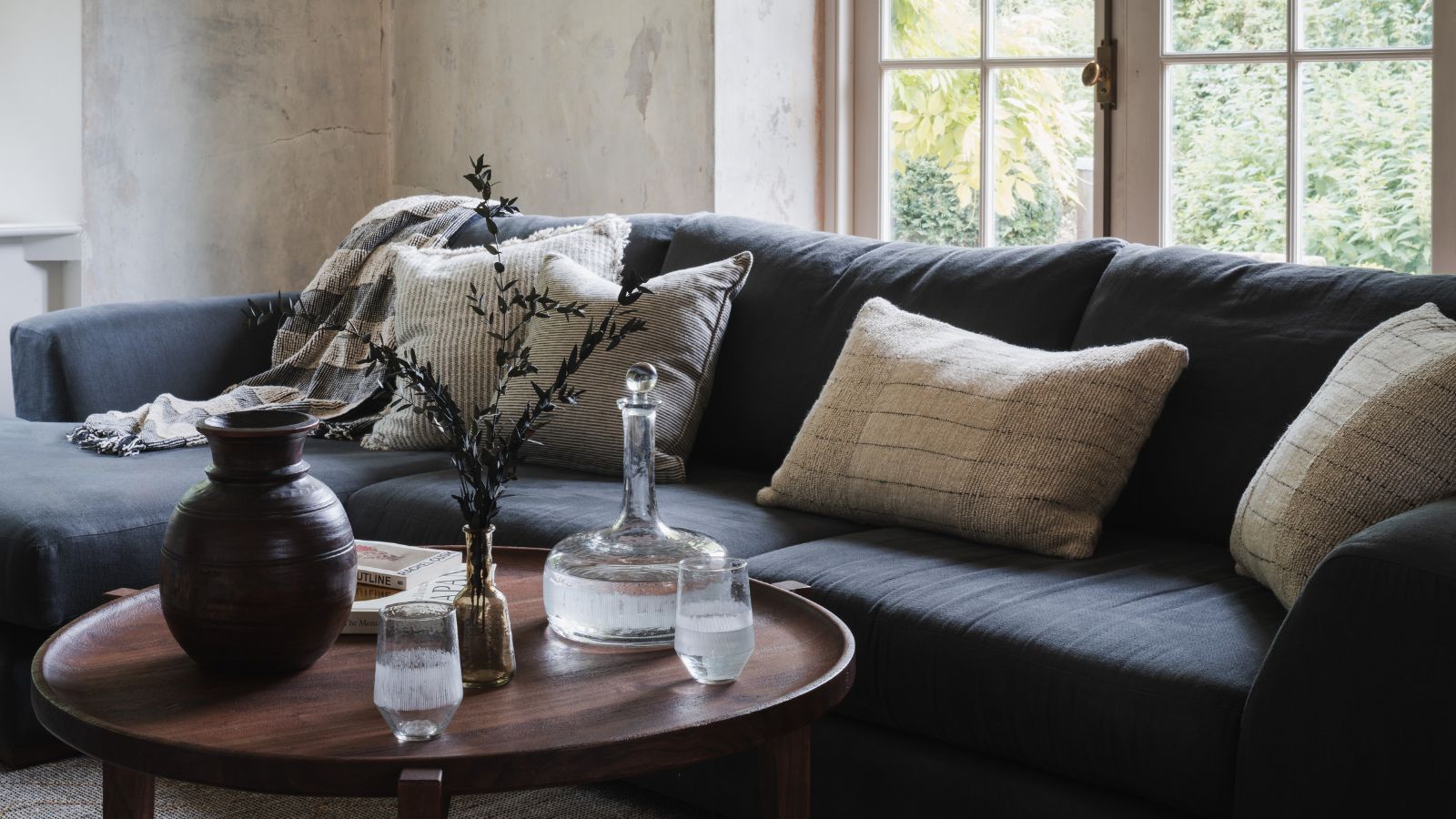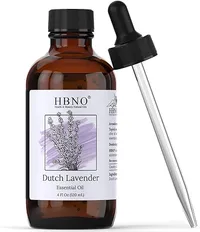How to remove odors from upholstery – to turn your furniture from musty to marvelous
Your upholstery may be a leading cause of musty odors in your home – this is how to freshen them up


There is nothing like sinking into a cozy sofa at the end of a long day – but when a musty odor rises to meet us, it can put a damper on the whole day.
Whether it is the smell of age, the lingering odor from our pets, or the accumulation of a few splashed drinks and cookie crumbs, a dank smell is one of the main signs you need to clean your upholstery with something more than a vacuum.
We asked professional cleaners for the best cleaning tips for removing odors from upholstery to revitalize your furniture and make your home smell like home again.
How to remove odors from upholstery
As with any cleaning method, it is always a good idea to test your chosen solutions on a small, inconspicuous area of the fabric first to make sure there are no marks or stains. The last thing you want is a smelly sofa with watermarks all over it.
With the method tried on the back or underside of your piece, then you can work on making your home smell nice again.
1. Sprinkle with baking soda

This wouldn’t be a piece about deodorizing without mentioning cleaning with baking soda. It is safe to say that this pantry staple is now used more as a cleaning agent than anything else.
To help remove odors from upholstery, Erin Zanelli, co-owner and founder of Tranquil Home, recommends sprinkling a good layer of this all over the surface of the fabric and allowing it to sit:
Design expertise in your inbox – from inspiring decorating ideas and beautiful celebrity homes to practical gardening advice and shopping round-ups.
‘Allow it to sit for several hours or overnight to absorb odors. Then, using the brush attachment, gently vacuum the entire surface of each chair to remove the baking soda, loose dirt, dust, and debris,’ she recommends. ‘Pay special attention to seams and crevices where dirt tends to accumulate.’
2. Try a linen spray

If your upholstery only needs a quick freshen-up, then a commercial upholstery spray or DIY linen spray is by far the quickest option, says Jennie Holmes, cleaning expert and branch manager of ServiceMaster Clean.
‘You can get some sanitizing and deodorizing sprays from supermarkets, which could work for you and will certainly freshen the upholstery up. Before you do anything, however, remember to try the product in an inconspicuous area – I can’t stress this enough,’ she adds.
Remember that when using a linen spray it will only mask the cause of the smell, rather than clear it away. This is great if your upholstery is just old, but might not be the best solution if the smell is coming from a spill or stain.
3. Shake up a DIY deodorizer

Another common deodorizer professional cleaners can’t live without is cleaning with vinegar.
‘You can make a DIY spray by mixing water with white vinegar or a few drops of an essential oil like lavender or eucalyptus,’ suggests Barbara Stern, editor-in-chief at Ottoman Textiles. ‘Spray lightly over the fabric and let it air dry.’
Lavender Essential Oil | $9.99 at Amazon
Extracted via steam distillation from the flowers of the Lavandula Hybrida Grosso, this essential oil is then packaged in an amber glass bottle with a side glass dropper.
4. Try a pet deodorizer

Whether or not the musty smells in your sofa are caused by pets, using a pet deodorizer can help to break down organic causes of smells and refresh any upholstery, suggests Jade Piper, cleaning expert and operations manager at BetterCleans. ‘If you don’t want to DIY, use the Rocco & Roxie Pet Odor Eliminator, available at Walmart,’ she recommends.
5. Get a professional clean

If you want to deodorize and wash couch cushions without damaging them but aren’t sure of your skills, you can consider getting them professionally cleaned, Jennie Holmes, a cleaning expert, recommends.
‘A deep clean will remove a lot of smells,’ she says. This is best done by a professional.’
FAQs
How long does it take for vinegar to remove odors?
Vinegar usually takes a few hours to help remove smells, which is why it is best to spray it directly onto an area and let it dry naturally or place a container of vinegar in an area to soak up odors in the air over time.
Why does my new sofa smell bad?
A new sofa or upholstered furniture piece may smell bad upon delivery due to the treatments it goes through to ensure it is safe when it leaves the factory. Upholstery and stuffing made from natural materials such as down stuffing may have been treated to kill bacteria, or they may have been sprayed down with a flame retardant. You can often use vinegar sprays to help remove these odors, as well as letting them air out in a room with the windows open.
Upholstery is often one of many things you can clean with a steam cleaner (depending on the fabric and stuffing used), meaning you can often prevent odors with regular steaming. Using the upholstery attachment on the best steam cleaners will penetrate deep into the stuffing and break down dirt and odor particles, keeping your furniture fresher for longer. Just be sure to allow the furniture to dry thoroughly to prevent musty smells from lingering.

Chiana has been at Homes & Gardens for two years and is our resident 'queen' of non-toxic living. She spends most of her time producing content for the Solved section of the website, helping readers get the most out of their homes through clever decluttering, cleaning, and tidying tips. She was named one of Fixr's top home improvement journalists in 2024.
